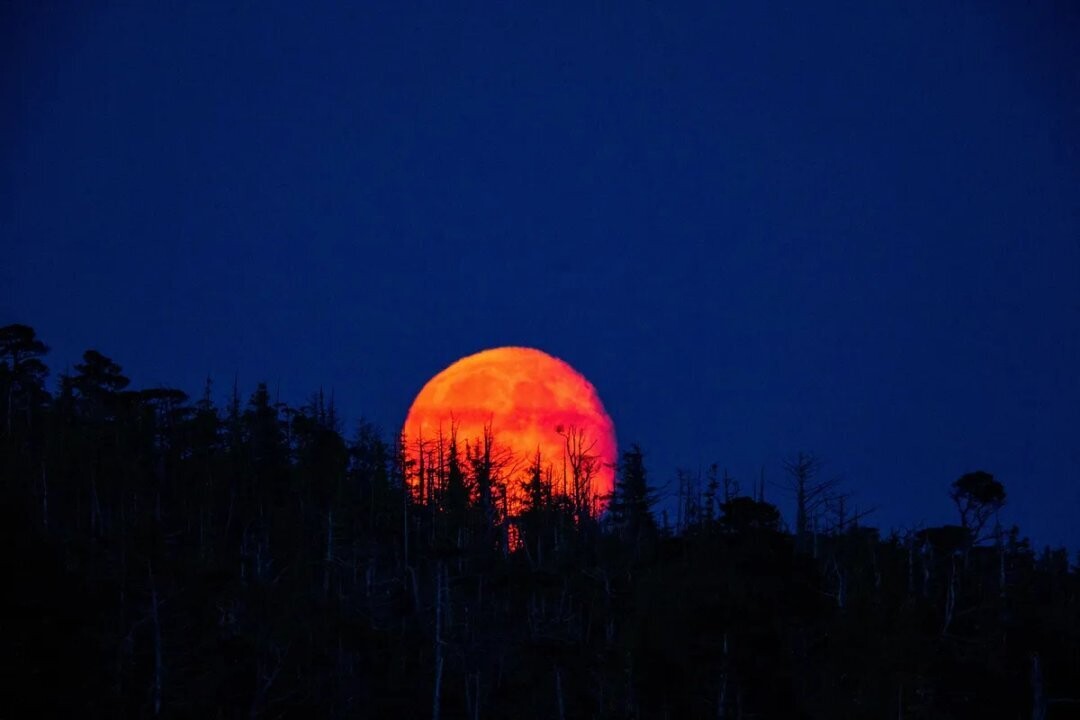
The National Aeronautics and Space Administration, NASA, announced that the eclipse known as Blood Moon will be visible in the night sky on the night of March 13 and will last until the early morning hours. This astronomical phenomenon, characterized by the reddish hue produced by the refraction of sunlight in the Earth's atmosphere, can be observed throughout North America, South America, western parts of Europe and Africa. The totality of the eclipse is expected at 2:26 a.m., at which point the Moon will be completely within the Earth's shadow.
You will be able to enjoy the total lunar eclipse in the coming days of March and see it with the naked eye, without the need for specialized lenses. It is recommended to find a place with little artificial lighting for better visibility. Unlike solar eclipses, this phenomenon is safe to observe at any time without binoculars, although astronomers suggest their use to better appreciate the details of the lunar surface during the eclipse.
Rayleigh scattering is responsible for the reddish and orange colors observed at dawn and dusk, and occurs when the Earth stands between the Sun and the Moon, casting a shadow that darkens the natural satellite. NASA noted that the last total lunar eclipse took place in November 2022 and that the next one will occur in approximately a year.
On the other hand, the astronomical calendar for 2025 includes other notable events, such as partial lunar eclipses and annular solar eclipses. Recently, astrophotographer Josh Durylog managed to capture the alignment of seven planets (Mercury, Venus, Mars, Jupiter, Saturn, Uranus, and Neptune) in the sky, along with the Sun and the Moon, from the Mendip Hills in the United Kingdom.
The astronomical spectacle on February 28 showcased the seven planets aligned on one side of the Sun, captured in an impressive photograph by Dury. Using Mercury as a reference point, the photographer skillfully documented this rare planetary alignment. The resulting image shows all ten celestial bodies in a single shot, including the Moon and the Sun from the Earth's perspective, creating a unique panoramic view of the planets in the sky. To achieve this photograph, Dury combined several images taken with different exposure levels and used an HDR combination technique to capture the wide range of light present in the landscape during the 2.5-hour period.













